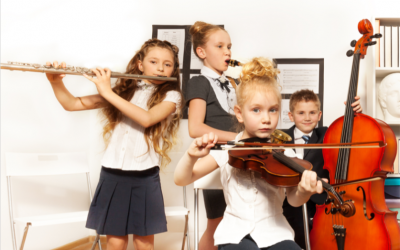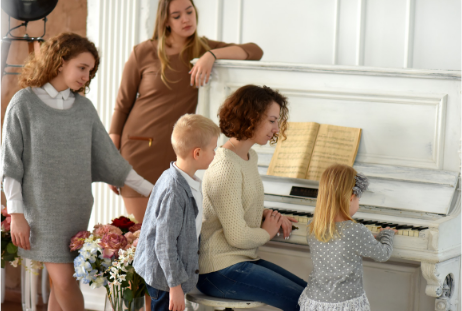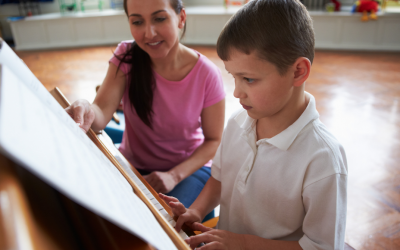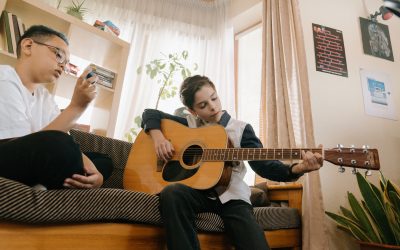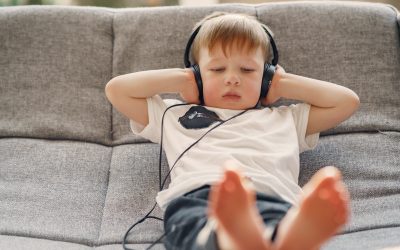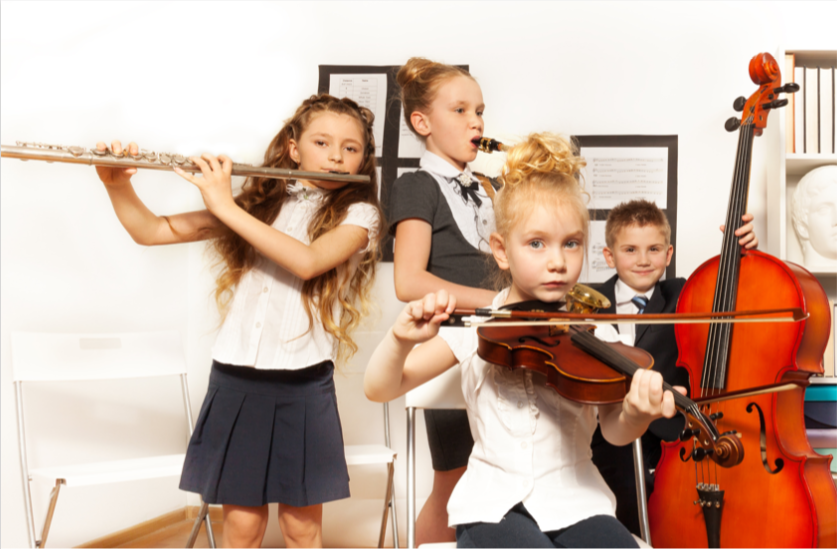facebooktwitterpinterestinstagramyoutubeI’m sure you will all agree with me when I say that music lessons can be very expensive for the average family and one of the reasons many families tend to forgo the cost. But in the same vain, I don’t think that you...
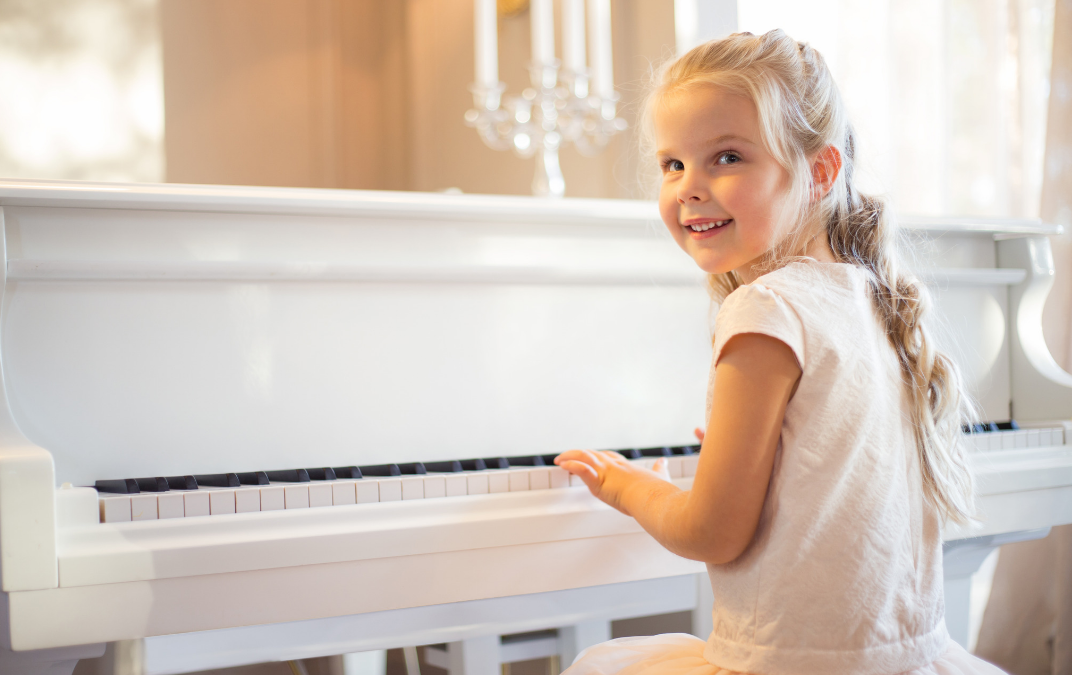
6 ‘No Fail’ Strategies To Increase your Child’s Success Rate When Taking Offline Music Classes
6 ‘No Fail’ Strategies To Increase your Child’s Success Rate When Taking Offline Music Classes
You know, long before I started teaching parents how to teach their kids to play the piano, I used to help out in my mother’s studio as well as my aunt’s piano studio as a teenager.
There I used to teach kids of all ages on a one on one basis and I met hundreds and hundreds of piano parents over the years.
As an educational psychology enthusiast I used to observe the parents, their knowledge of music, their involvement in their kids music education and the corresponding success or failure rate of the kids.
Over the years, I gathered so much of information through my analysis that I could almost predict the outcomes and say who would continue on with their music education and who wouldn’t and what that would be predicated on.
So, today I thought I should go more into depth and draw on that experience to help you increase your child’s success rate when taking offline music classes.
Now, let’s get started.
Create Good Habits
Most of the kids that continued on with their piano classes, were those with parents who helped them, supported them and even nagged them to develop good habits.
Habits like practicing for a short while every single day.
Practicing and reviewing what they learned previously, before showing up to the next class, and most importantly helping the kids stay consistent.
That means, practicing for 10 minutes each day, instead of practicing for 3 hours once a month.
Supplement Learning
In those days there was no online learning with which offline learning could be supplemented.
However, many of the successful piano parents I knew often supplemented the kids learning, by ensuring that they focused on music theory, read books on music history and basically added music into their daily lives, not simply at the twice weekly music class.
Celebrate Victories
The piano parents with kids that continued on over the years even when the going got tough, were the ones who often celebrated their children’s victories even though those victories were really small.
This motivated the kids and helped them to stay the course.
Ensure All Learning Styles Were Engaged
This one was more on my mom and aunt rather than the parents themselves. However, I will include it here. In our piano studios, we ensured that kids saw what they played, played what the heard and heard what they saw.
Which means they were able to read music notes well, and could read and write music and thus were able to engage all senses. This in turn helped visual, auditory and kinesthetic learners to stay engaged, because we catered to all the different learning styles.
So what can you learn from this?
Ensure that you know what your child’s learning style is and make sure that the piano studio she learns at, is aware of the style and is able to engage her in a meaningful manner.
Focus On Progress
Again, at the time when I was teaching in my mom’s studio I had never heard of Carol Dweck or the growth mindset, but I did observe that kids’ whose parents were not hyper focused on perfection were often the ones who succeeded.
And today I know why, and I still continue to see with my own kids and with my students that those with a growth mindset, who accept progress over perfection are the ones who are more resilient and able to trudge along even when learning plateaus.
Became Involved And Learned Music Themselves
I saved what I believed was the most important point for the last. An overwhelming number of parents whose kids succeeded at piano were those that hadn’t had any formal musical training themselves, but yet, were super involved in their kids learning and learned to play the piano themselves. No, they didn’t actually become my aunt’s or my mom’s students, but rather they learned along with their kids and helped them along or had their kids help them and thus, found a lot of enjoyment in it.
What do you think? Do you think you can do any or all of the above with your kids to ensure that they stick with piano lessons in the long term?
Want your kids to learn to play the piano but don’t know where to start? Then come join my FREE 5 Piano lessons and teach your kids to Read Music Notes and Play the Piano in just 5 Days

Karen Cadera
Founder/Creator
Mom, Teacher, Minimalist, Zero Waste Enthusiast, Multi Pod.
My daughter loved the games, but there were also worksheets and videos. The weekly lesson plans were complete, and I never questioned what I should be doing next.
This program reminded me (and allowed me to teach my son) how to read music. To me, that was the most important thing that we learned together. Of course, it was very rewarding for me to watch my son play the piano with both hands at the same time, while reading sheet music. His favorite parts of the course were actually playing the songs and doing the worksheets provided.
Articles That Maybe Of Interest To You
10 ‘Horribly’ Expensive Mistakes Families Make When Paying For Private Music Lessons
5 Shockingly Simple Ways To Provide Music Lessons For Kids In The Homeschool
facebooktwitterpinterestinstagramyoutubeIf you’ve been a reader of my blog or listened to my podcasts in the past, you will know that I’m a great advocate for helping parents who have absolutely no training or minimal formal training in music, to teach their kids...
3 ‘Super Easy’ Ways To Teach Your Child To Sing In The Homeschool
facebooktwitterpinterestinstagramyoutubeSinging is one of the easiest ways in which to incorporate music in your homeschool routine. And it is something that can be done every single day without too much hassle. Also singing has one of the biggest advantages, and...


